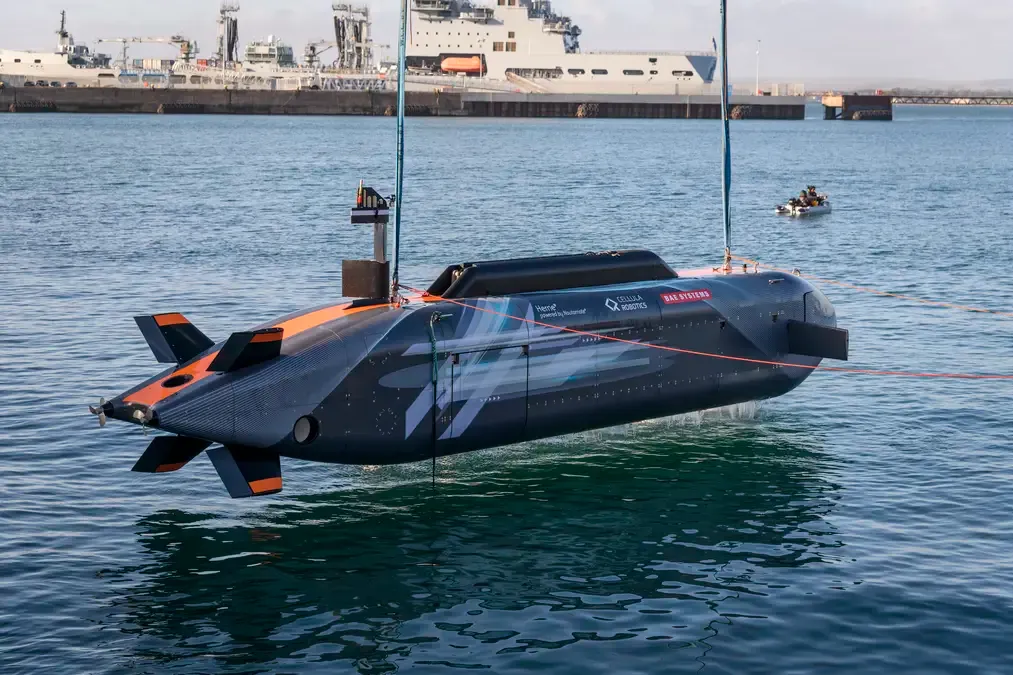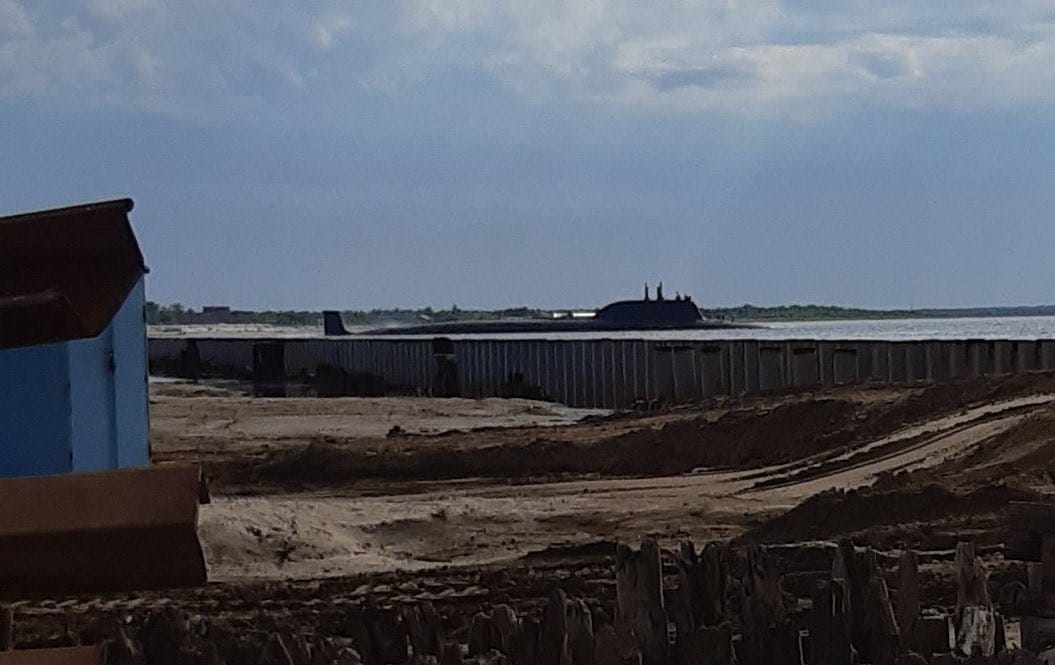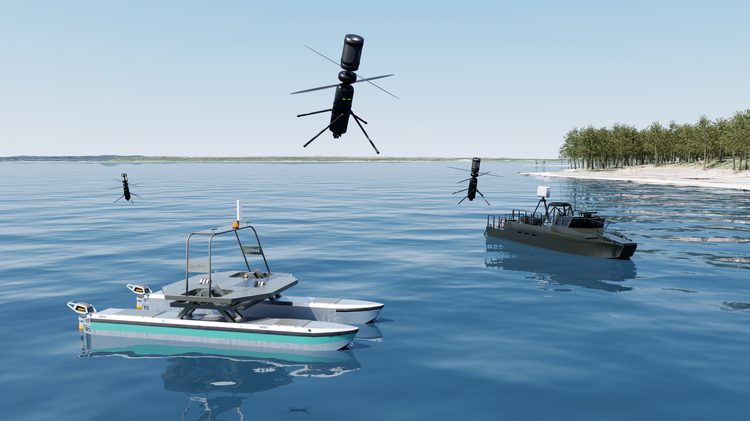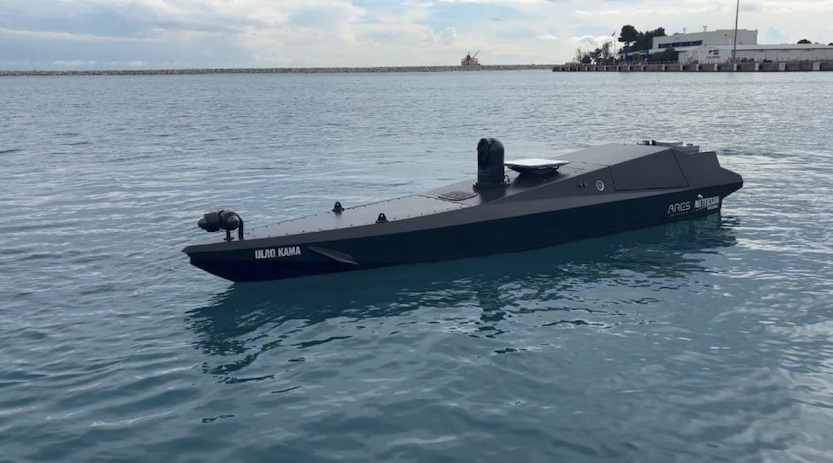Russia Deploys Third Nuclear Submarine ‘Arkhangelsk’ from Yasen-M Project 885M
Russia has added Arkhangelsk, its third Yasen-M nuclear submarine, to its fleet. Armed with stealth technology, Tsirkon hypersonic missiles, Kalibr, Oniks, and torpedoes, it boosts Russia’s naval power and strategic defense in a time of global naval competition.

The Russian Navy has officially commissioned the Arkhangelsk, a multipurpose nuclear-powered submarine of the Yasen-M (Project 885M) class. Developed by Russia’s shipbuilding industry in Severodvinsk, this vessel represents a continued commitment to modernizing the country’s submarine fleet.
The Arkhangelsk, which is the third serial submarine in the Yasen-M project and the 141st submarine constructed at the Sevmash facility, is equipped with an array of advanced weapon systems, further bolstering Russia’s strategic deterrent and conventional maritime capabilities.
Commissioning Ceremony
The commissioning ceremony was held at the Sevmash shipyard in Severodvinsk under the leadership of Admiral Alexander Moiseyev, Commander-in-Chief of the Russian Navy. During this event, the Arkhangelsk was formally integrated into the operational structure of Russia’s Northern Fleet. Representatives from the United Shipbuilding Corporation (USC) and key defense industrial leaders were also present, underscoring the project’s importance to Russia’s naval modernization program.
Russia’s submarine modernization demonstrates strategic adaptability. Read about European advancements in underwater systems: BAE Systems Advances Underwater Tech with XL-AUV Herne.

Russian Yasen-M Project Overview
Evolution of Design
The Yasen-class submarines (Project 885) were originally conceptualized to replace older Soviet-era platforms, such as the Akula and Alfa classes. Drawing upon lessons from these designs, the Yasen-class introduced a streamlined hull form, advanced sonar and combat systems, and the capacity to launch multiple missile types.
Key Improvements in the M Variant
The Yasen-M variant refines the original Yasen design:
- Reduced Hull Length: Approximately 9 meters shorter than the lead ship, Severodvinsk, aiming to reduce construction and operating costs without sacrificing performance.
- Enhanced Stealth: Upgrades in acoustic signature reduction measures, onboard systems, and hull coating to improve stealth capabilities.
- Versatile Armament Suite: The submarine’s vertical launch systems can fire Kalibr cruise missiles, Oniks supersonic anti-ship missiles, and Tsirkon (Zircon) hypersonic missiles. Additionally, the Arkhangelsk is outfitted with 533mm torpedo tubes, increasing the submarine’s potential for anti-submarine, anti-ship, and land-attack missions.
Submarine Features
- Displacement: Around 8,600 tons (submerged).
- Propulsion: Nuclear-powered, ensuring extended submerged endurance.
- Crew Complement: Typically hosts an estimated 64 to 90 personnel (classified details may vary).
- Intended Roles: The Arkhangelsk is designed for multi-mission deployments, including strategic deterrence, maritime interdiction, and intelligence-gathering operations.
Perm, Ulyanovsk, Voronezh, Vladivostok: Additional Submarines Under Construction
As part of the broader Russian naval modernization plan, four more Yasen-M submarines — Perm, Ulyanovsk, Voronezh, and Vladivostok — are expected to join the fleet in the near future. This expansion aims to maintain and enhance the Navy’s capabilities across a range of operational theaters. Previous Yasen-class and Yasen-M submarines delivered to the Russian Navy include:
- Severodvinsk (Project 885 lead vessel)
- Kazan (Project 885M)
- Novosibirsk (Project 885M)
- Krasnoyarsk (Project 885M)
By continuing to build additional units, Russia is seeking a consistent renewal cycle for its submarine force, enabling more advanced platforms to replace aging assets.

Strategic Implications and Additional Insights
- Boost to Operational Readiness
The Arkhangelsk’s commissioning significantly increases the Northern Fleet’s operational readiness. Submarines of this class can operate autonomously for prolonged periods, offering enhanced options for power projection and deterrence. - Hypersonic Capability
The Tsirkon hypersonic missiles, which can reportedly reach speeds of Mach 9 or higher, underscore Russia’s pursuit of next-generation weapon systems. Integrating these missiles onto the Arkhangelsk potentially alters tactical and strategic calculations for both maritime and land-based targets. - Modern Command and Control Systems
Yasen-M class submarines incorporate advanced command, control, communications, computers, intelligence, surveillance, and reconnaissance (C4ISR) suites. This ensures that the submarine can effectively coordinate with other naval and joint force assets, improving situational awareness and operational efficiency. - Comparisons with International Counterparts
While direct comparisons are often limited by classified data, the Yasen-M class competes with other modern nuclear-powered attack submarines, such as the U.S. Virginia class and the UK’s Astute class. Experts suggest that the Russian emphasis on missile diversification (Kalibr, Oniks, and Tsirkon) positions Yasen-M submarines as versatile platforms for multiple mission sets. - Future Fleet Dynamics
With several units still under construction, the Yasen-M project is expected to significantly reshape the composition of Russia’s submarine force. By pairing advanced propulsion systems with multi-role weapon payloads, Moscow seeks to ensure readiness across both near and far seas.
The Yasen-M program reflects Russia’s focus on stealth and missile versatility. Learn about European counter-defense strategies: Electronic Warfare Payloads: Integrating Uncrewed Platforms Across Domains.

Conclusion
The Arkhangelsk’s introduction into the Russian Navy signals another milestone in Russia’s broader naval modernization strategy. Equipped to launch a mix of Kalibr, Oniks, and Tsirkon missiles, this Yasen-M class submarine underscores the Navy’s goal of fielding sophisticated, multi-mission platforms.
Upcoming additions — Perm, Ulyanovsk, Voronezh, and Vladivostok — will further bolster the fleet’s capabilities as part of Russia’s ongoing effort to enhance its maritime power projection.
Designed with insights from both legacy Soviet submarine programs and cutting-edge research, the Arkhangelsk represents the latest step in developing nuclear-powered submarines tailored to contemporary security environments. As Russia advances this project, international defense analysts will closely observe how the Yasen-M class performs in service and influences the broader balance of naval power.
Russia’s Yasen-M submarines highlight advancements in maritime warfare. Learn more about future naval tech: Autonomous Surface Vessels (ASVs): Future Maritime Warfare.








